What Guided Reading Level Is Detective Dan and the Gooey Gumdrop Mystery?

Guided Reading in THE Classroom: Strategies for Success
Few skills can benefit a child more throughout their life than the ability to read. Information technology is a skill of such singular importance that it plays a role in nearly aspects of everyday classroom learning.
However, unfortunately for a skill of such importance, it isn't always possible to observe the time for one:i reading with every educatee every day during the busy school schedule. It is this trouble that guided reading is designed to accost.
What is Guided Reading?
Guided reading is a grouping method of pedagogy reading skills that tin be used in identify of, though usually in addition to, occasional 1:1 reading and discrete phonics teaching.
Generally speaking, guided reading involves didactics groups of children co-ordinate to their ability levels. The verbal number in each group will depend on the number of children in the class, as well as how well they do in a baseline reading assessment.
Normally, at that place are almost five groups in the average class, though these groups may be uneven in size and tin can exist updated at diverse intervals throughout the year according to private rates of progress as reflected in reading assessments.
In essence, guided reading is all most teaching to the various needs of the levelled groups in the classroom. It endeavours to instruct the students in a range of reading strategies that can be later applied independently to whatever new book the student encounters.
Agreement Reading Levels
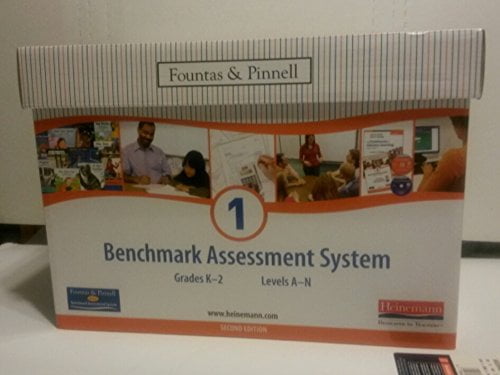
Criterion Cess System ane, 2nd Edition By Fountas & Pinell Buy on Amazon
This tin vary slightly depending on the region in which you teach but the well-nigh commonly used method of guided reading assessment used is the alphabetical system developed by Fountas, and Pinnell in the 1990s.
The levels range alphabetically from A to Z, with level A representing the lowest level and level Z the highest. This allows the teacher to work closely with each student to help them go better readers by introducing increasingly challenging books while meeting the varying instructional needs of each child in the room.
It would be expected that as a child progresses from kindergarten to the end of yr ii they would progress through all 26 levels.
Without an understanding of a students level, guided reading lacks whatever assessable growth.
Nearly every primary and unproblematic schoolhouse will have a copy of a criterion assessment system like to what you tin can see here, then track it downwardly and ensure you are familiar with it especially if you work in the inferior levels.
GUIDED READING LEVEL Chart

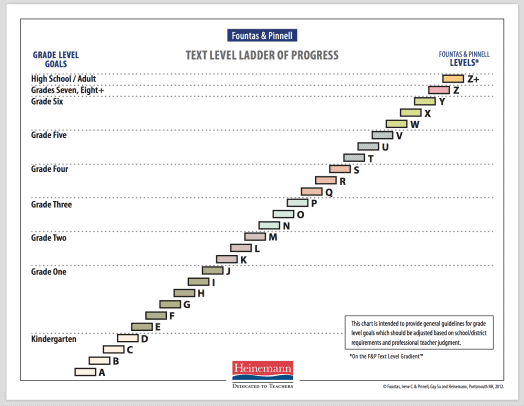
READING ACTIVITIES FOR Whatever TEXT

This massive collection of ☀️READING ACTIVITIES☀️ covers all essential reading skills for elementary/primary students. NO PREP REQUIRED! works with all text and media types. Thousands of teachers have adopted this as a Go TO RESOURCE for independent and group tasks.
- 60+ activities requiring students toWRITEin a range of genres and styles based on their text
- 40+ activities incorporating Artistic and CREATIVE skills most their book.
- thirty+ TECHNOLOGY based activities, including 20 open-ended iPad and spider web based tasks
- 25+ Group based tasks
- 20+ tasks requiring RESEARCH, ENQUIRY and EXPLORATION of concepts within a text.
- l+ tasks you can apply with FILMS, GRAPHIC NOVELS and DIGITAL LITERACIES.
- 15+ activities involving DRAMA, MUSIC and ROLE PLAYING
- 15+ GRAPHIC ORGANIZERS that can be applied to whatsoever text
How is Guided Reading Organized?
To implement guided reading successfully, multiple copies of graded readers will exist needed. You will also demand to appraise each student's reading abilities to enable you to group them co-ordinate to their specific ability.
For our uncomplicated-anile (or primary-aged) students, reading should be a daily activity. Given the size of the average class, guided reading is often the master method employed to teach reading.
If there are five guided reading ability groups in the classroom, the instructor tin expect to read with each group approximately every other twenty-four hour period, for a minimum of twice per week. This is usually done on a rota basis.
While the teacher reads with a group, the other groups can be engaged in other reading activities suitable for their level. These activities may include phonics work, sequencing activities, comprehension tasks, language games etc.
If there is a education assistant in the classroom, they can either back up the children in completing these supplementary activities, or take the atomic number 82 in a guided reading session also.
The Guided Reading Area

Implementing guided reading successfully in the classroom requires considerable organisation. To brand the most of the allotted time in the classroom it tin be very helpful to dedicate a specific area to the practice.
Some things y'all may wish to identify in your guided reading area may include:
● Tables, chairs
● Posters/prompts of various reading strategies
● Listening expanse for sound versions of books
● Multiple copies of graded readers
● Book boxes
● Computers
● Mini whiteboards and markers
● Pencils, paper, Mail service-It notes etc
If classroom ornament is an surface area of interest to you lot be certain to check out this great commodity which explores great ways to heighten reading corners.
GUIDED READING ACTIVITIES & STRATEGIES
As we have stated in the introduction, the primary aim of guided reading is to instruct the students in the use of reading strategies that will somewhen enable them to confidently and competently read any book by themselves.
We tin grouping our strategies into three useful categories:
- Prediction – What exercise yous retrieve will happen adjacent?
- Clarification & Questioning – Which parts of book did you observe difficult? What questions do y'all have about these?
- Summarizing – What is this book well-nigh? What happens?
1. Prediction
Prediction encourages students to draw on their own prior learning and experiences to allow them to brand educated guesses on what may follow in the story.
Prediction activities are great activities to strop your students' predictive abilities and comprehension skills, and they can be repeated ofttimes. They also accept the added advantage of requiring very little preparation by the instructor.
Prior to beginning to read the called volume, some pre-reading piece of work is necessary to focus the students' minds on the task at hand.
Typically, this work will brainstorm with an test of the following elements of the volume:
● Title – What is the title of the book? What does the title reveal about the book?
● Blurb – What data does the blurb reveal? What expectations does it create?
● Author – Who is the writer? What is the author's purpose in writing this book?
● Illustrator – Who is the illustrator? What clues do the illustrations give you about this text?
● Cover – What does the cover make you retrieve near? What expectations are created?
● Genre – What type of text is this? Is it fiction or nonfiction? How practice you know? What are our expectations of this genre in terms of subject and format?
While prediction begins with the mostly pre-reading activities outlined above, there will exist ample opportunities for the educatee reader to brand further predictions throughout the reading of the book too. For example, information technology is good practice to ask the students, or encourage them to inquire themselves, prediction blazon questions at the end of a paragraph, department, or chapter.
Working on using prediction strategies in guided reading encourages the student to read closely for inferences and other clues that will bespeak the journey the text may take. It also encourages the educatee to pay close attention to the content of the text as they read. This kind of holistic arroyo to reading improves overall comprehension of a text.
Prediction Graphic Organizer Activity
Provide the students with a T-Chart worksheet entitled 'My Predictions'. The chart should consist of 2 columns; 1 headed My Prediction and the other Why I Recall This. Provide a space to record the pupil's name and the title of the text at the acme of the sheet.
At any bespeak during the reading of the text, y'all can instruct the students to stop and remember nigh where this story is going. Students can record their predictions on their sheet, besides as the reasons for thinking this.
This activity can serve well as a supplementary reading activity on days when the group is not scheduled to read with the form teacher.
2. Clarification and Questioning
In terms of guided reading, description refers to get-go identifying the difficult parts of the text, earlier making sense of them through a variety of clarification techniques.
These techniques can be as unproblematic as looking upwardly a discussion in a dictionary. There are other tools available to students, however. Oft, when students look upwards the meaning of a word in a dictionary it helps clarify the meaning of that part of the text in the short term, but sometimes the discussion'southward definition is not retained for the next time the student comes across it.
Sometimes information technology is better for the student to utilize other techniques to piece of work out the meaning, such as employing contextual clues.
A Complete DIGITAL READING Unit of measurement FOR STUDENTS
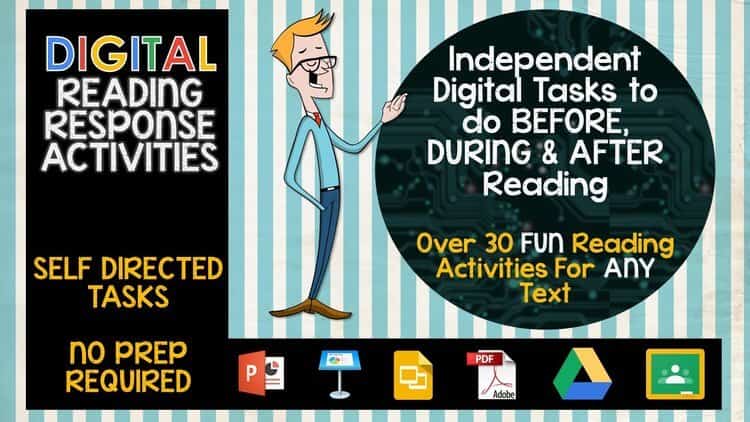
Over 30 engaging activities for students to complete BEFORE, DURING and AFTER reading Whatever Book
- Compatible with all devices and digital platforms including GOOGLE CLASSROOM.
- Fun, Engaging, Open-Ended Contained tasks.
Clarification and Question Prompts
Drills employing judgement starters are a great manner to effectively railroad train our students to clarify and question and to aid internalise these strategies. Begin with the clarification prompts to help students identify the areas of the text they are unsure of, before moving to the question prompts to help them begin to work out the significant and significance inside the text.
Clarification Prompts:
● This part is difficult considering…
● I didn't understand when…
● I found it difficult to work out the role where…
● I don't know what this ways where it says…
When the students have identified the vocabulary, phrases, sentences, paragraphs, and sections that are giving them trouble, they can and then motility on to forming questions using the following question prompts:
Question Prompts:
● Who…
● What…
● Where…
● When…
● Why…
● How…
These prompts aid students to identify more closely the source of their defoliation when reading a text and to acquire to inquire for assistance. In the process of receiving an answer to their questions, they begin to broaden their agreement of a range of techniques they can later employ in independent reading to clarify the meaning of a text for themselves.
In the context of guided reading, information technology tin be helpful for students to work together to grade the questions to ask their instructor.
Rather than directly answering the questions for the group, however, teachers would do well to encourage the students to work towards finding the answers for themselves, as this non just helps noesis retention but improves their reading independence.
3. Summarizing READING
Summarizing is an important skill for students to develop. Information technology helps students to identify the nigh important parts of a text or story and to learn to ignore irrelevant details and information too. Students who practise summarizing learn to integrate the details and the main ideas of a text in a meaningful way. Summarization is useful for fiction and nonfiction genres alike.
A simple way to encourage your students to summarize a story is to ask them to paraphrase it in their own words. As information technology will exist highly unlikely they will have memorized the entire story word for give-and-take, paraphrasing the story volition permit you to assess their overall understanding of what they have read.
Annotate and Summarize
To encourage your students to summarize a text, inquire them to answer the following 4 things:
● What are the chief ideas in the piece?
● What are the about of import details or points fabricated?
● What details or information is irrelevant or unnecessary?
● What are the keywords and phrases in the text?
If they have photocopies of the story, yous may wish to have them underline or highlight the information related to the above questions in different colors and then ask them to retell the story in their own words after they have washed this. Encourage them to use the keywords and phrases used in the text in their retelling likewise.
Get Guiding
Getting guided reading started in the classroom requires lots of planning and arrangement at the start of the yr, but this initial investment of time and effort reaps rich rewards for students that is reflected in their rapid progress.
Once clear procedures and routines are established, your students volition become more good at applying the broad range of strategies to a wide range of text types. This will get a long way to producing the confident and capable readers whatever teacher would be proud of. Now, get guiding!
VIDEO TUTORIALS on teaching guided reading
OTHER GREAT GUIDED READING ACTIVITIES
Content for this page has been written past Shane Mac Donnchaidh. A former principal of an international school and university English lecturer with 15 years of teaching and administration experience. Shane'southward latest Book the Complete Guide to Nonfiction Writing can be institute here. Editing and support for this article have been provided by the literacyideas team.
Source: https://literacyideas.com/how-to-teach-guided-reading/

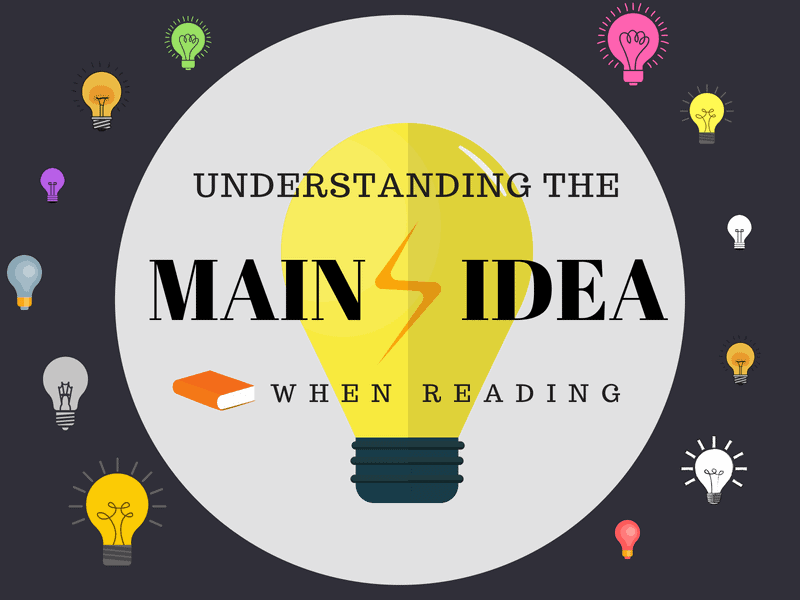



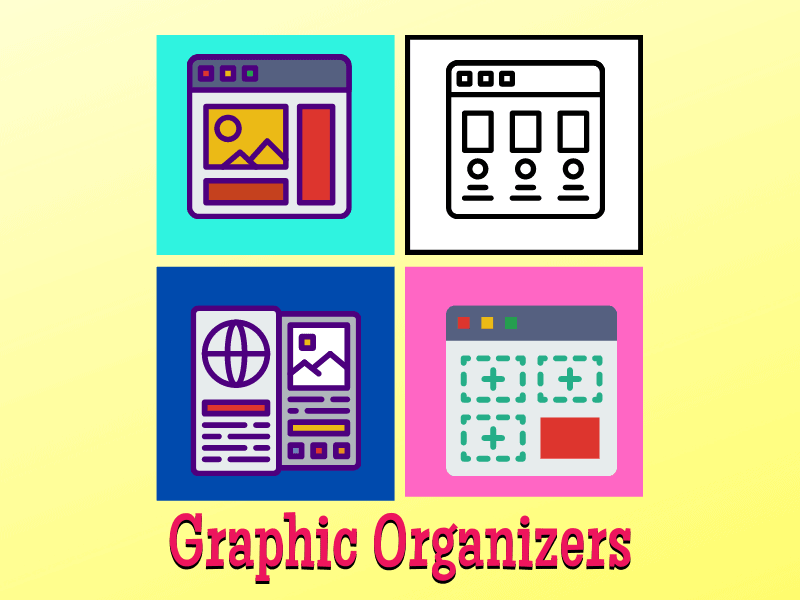



0 Response to "What Guided Reading Level Is Detective Dan and the Gooey Gumdrop Mystery?"
Post a Comment